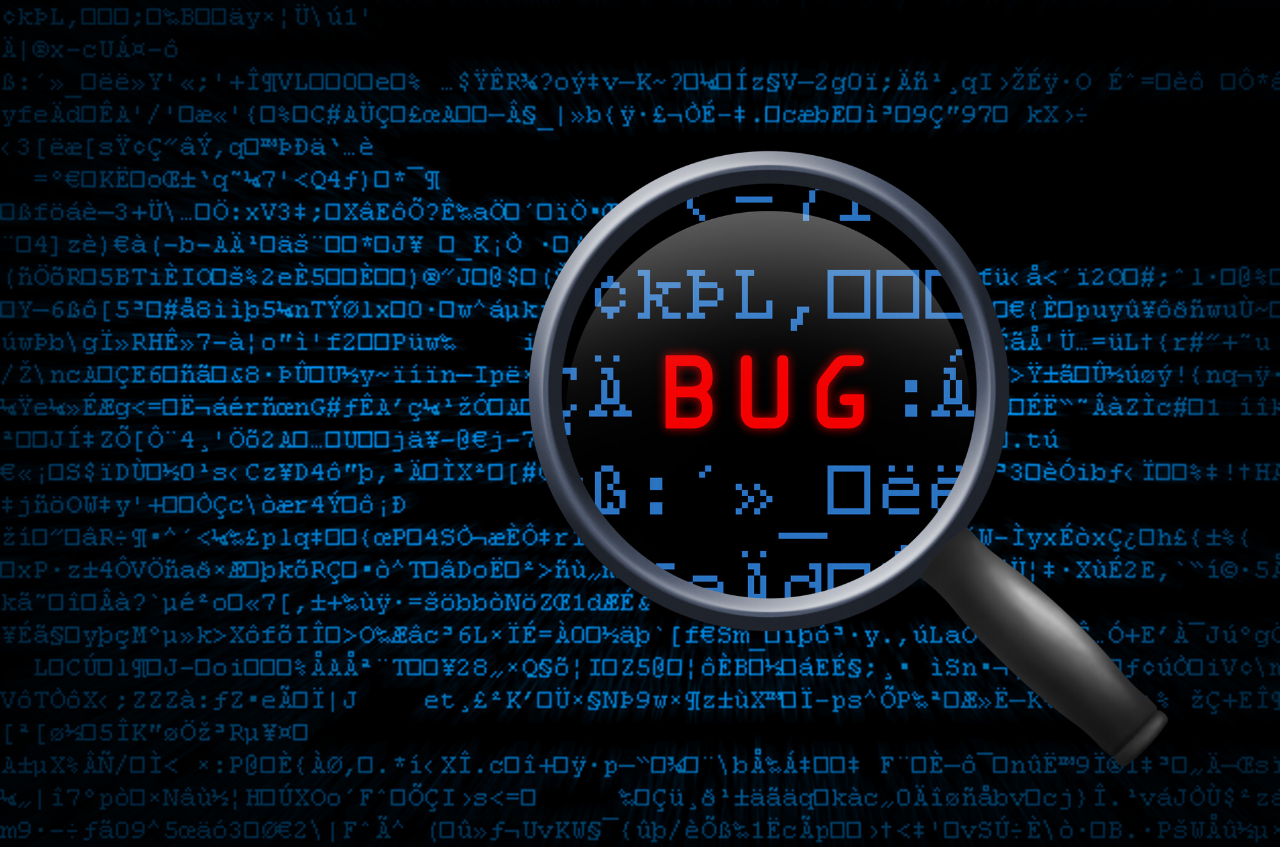
Automation Testing
assurance
Course Overview
Automation Testing is a software testing technique that performs using special automated testing software tools to execute a test case suite. On the contrary, Manual Testing is performed by a human sitting in front of a computer carefully executing the test steps.
The automation testing software can also enter test data into the System Under Test, compare expected and actual results, and generate detailed test reports. Software Test Automation demands considerable investments of money and resources.
What you are going to learn in Automation Testing?
Automation Testing Curriculum
1. Introduction to Automation Testing : Understanding the importance and tools.
2. Basics of Test Automation : Test scripts, frameworks, and execution.
3. Environment Setup : Installing tools and configuring browsers.
4. Scripting and Execution : Writing and executing test cases.
5. Frameworks : Mastering frameworks like TestNG, JUnit, and Page Object Model.
6. Assertions and Reporting : Validating outcomes and generating reports.
7. CI Integration : Working with Jenkins and CI/CD pipelines.
8. Advanced Features : API testing, database automation, and handling dynamic elements.
9. Mobile Testing : Automating Android and iOS apps using Appium.
What You Can Do After Learning Automation Testing?
1. Understand the Basics of Automation Testing
Learn the core concepts of automation testing and its role in software quality assurance.
2. Create and Run Automated Test Cases
Design test scripts to automate functional testing of web, mobile, and desktop applications.
3. Enhance Software Quality and Efficiency
Reduce testing time and ensure software meets high-quality standards by automating repetitive tasks.
4. Work with Automation Tools
Learn tools like Selenium, Cypress, and Appium. Integrate these tools with CI/CD pipelines for continuous testing.
5. Perform Cross-Browser Testing
Validate your application across different browsers to ensure compatibility and performance.
6. Perform API Testing
Automate API testing using tools like Postman or Rest Assured to ensure API reliability.
7. Data-Driven and Keyword-Driven Testing
Test your application with multiple datasets and reusable test cases for efficiency.
8. Generate Detailed Test Reports
Create insightful reports to share results with stakeholders using reporting tools.
Course Duration
6 months
Mode of Course
Course Content
- Software Testing
- SDLC models
- Types of Testing
-
Selenium with Java
-
Jenkins Step-by-Step Setup
-
Java Programs for Selenium
-
How to Run Test Cases using Selenium Grid
-
TestNG Assertions
-
Scrolling Web Pages using Selenium WebDriver
-
How To Run WebDriver Test Case using Microsoft Edge Browser
-
Handling Excel Files Using Apache POI In Selenium WebDriver
-
How To Find Broken Links Using Selenium WebDriver
-
Double Click Action In Selenium WebDriver
-
Right Click Action (Context Click) In Selenium
-
Mouse Hover Actions Using Actions Class In Selenium
-
How To Handle Javascript Alerts/PopUps In Selenium WebDriver
-
TestNG Listeners & Extent Reports in Selenium
-
How to use HashMap in Selenium WebDriver
-
Configuring Selenium With Eclipse
-
Handling Authentication Window with WebDriver (In Firefox, Chrome and IE)
-
Configure parallel execution of tests using TestNG selenium
-
How to delete Cookies in Selenium Webdriver
-
How to add cookie with Selenium Webdriver
-
How to handle javascript alerts, confirmation and prompts?
-
Working with Frames in Selenium Webdriver
-
Handle windows popups using Selenium Webdriver
-


ruch
good